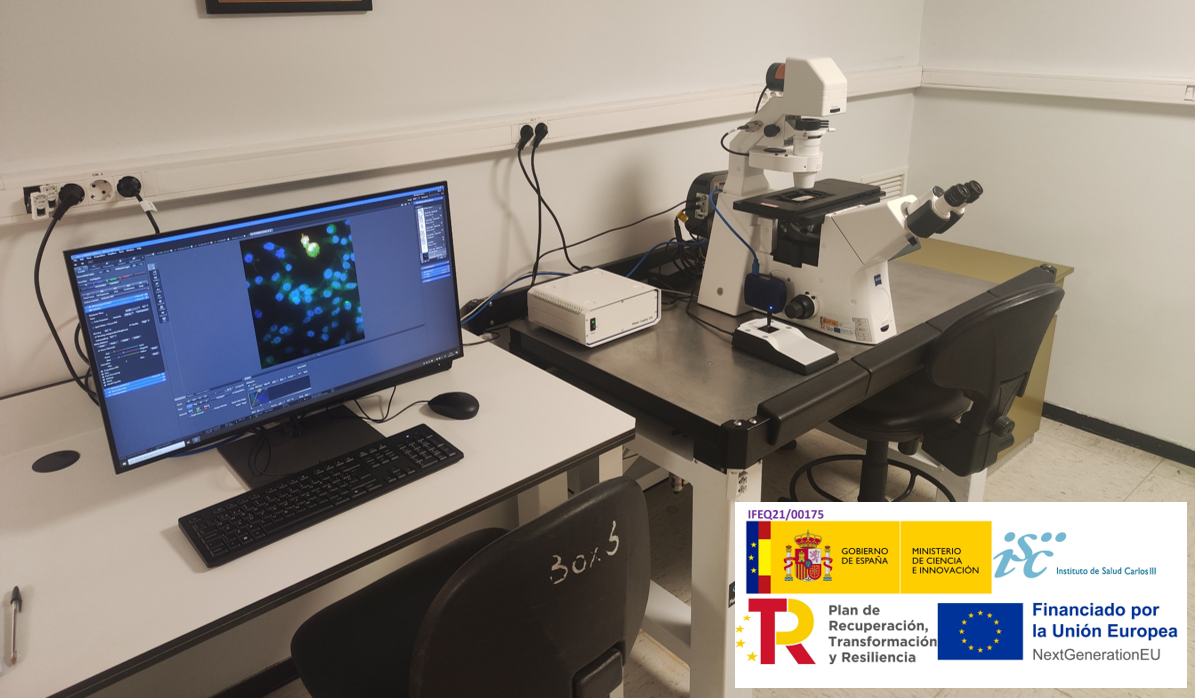Microscopy, histology and comparative pathology

Leader
Ignacio Ruz Caracuel
Personnel
Silvia Sacristán (Histología)
Begoña Cuevas (Microscopía)
Pablo Concha
Contact
Responsable Unidad: ignacio.ruz(ELIMINAR)@salud.madrid.org
Consulta y solicitudes: uca.histologia.irycis(ELIMINAR)@gmail.com

